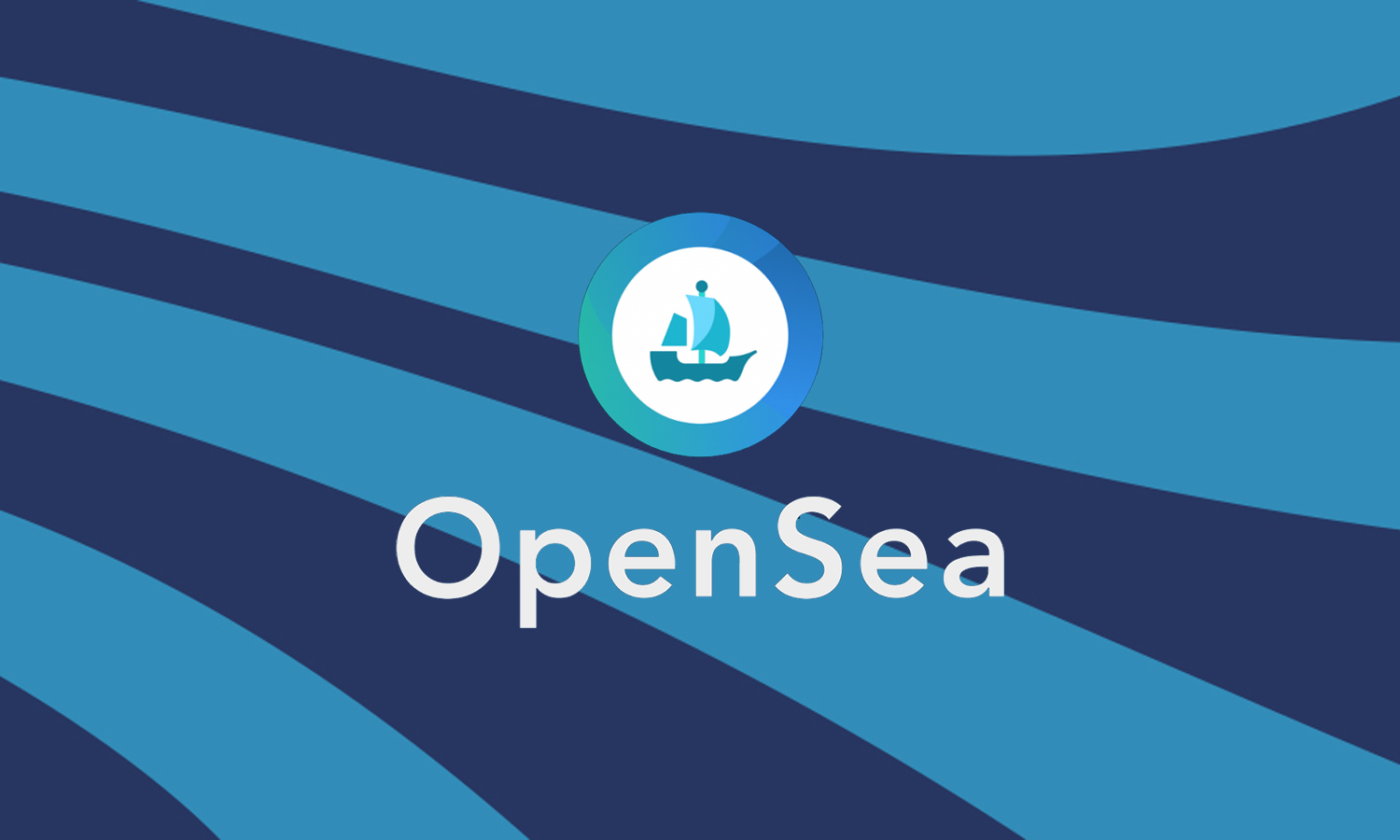OpenSea Sees Surge in Users, But NFT Market Volumes Still Lag
10.06.2025 14:00 1 min. read Alexander Stefanov
After a long stretch of subdued activity, OpenSea is experiencing a notable uptick in user engagement.
The NFT marketplace attracted over 467,000 unique users in May — its strongest monthly count since 2023, according to Dune Analytics. Yet, despite the growing number of participants, trading volumes remain far from the heights of the last bull cycle.
OpenSea processed $81 million in trades last month, a modest figure when compared to its January 2022 peak of more than $5 billion. The surge in users coincides with the official rollout of its long-awaited platform upgrade, OS2, which became available to the public on May 29 following months of beta testing restricted to holders of the Gemesis NFT collection.
The updated version introduces broader blockchain compatibility, now supporting assets across 19 networks — including fungible tokens on Solana — and features a new engagement system dubbed “Voyages,” which rewards users with XP for their activity.
Speculation around a potential SEA token airdrop has also reignited community interest, though OpenSea’s CMO Adam Hollander has made it clear that the team intends to finalize several product innovations before any token generation event takes place.
While the platform’s user resurgence is a welcome development, it underscores a broader reality: enthusiasm alone isn’t yet translating into the high-value trades that once defined the NFT boom.
-
1
Key Crypto Events to Watch in the Next Months
20.07.2025 22:00 2 min. read -
2
USA Imposes Tariffs on Multiple Countries: How the Crypto Market Could React
08.07.2025 8:30 2 min. read -
3
UAE Regulators Dismiss Toncoin Residency Rumors
07.07.2025 11:12 2 min. read -
4
Ripple Selects BNY Mellon as Custodian for RLUSD Stablecoin Reserves
09.07.2025 15:28 2 min. read -
5
Majority of U.S. Crypto Investors Back Trump’s Crypto Policy, Survey Finds
05.07.2025 18:09 2 min. read
Two Upcoming Decisions Could Shake Crypto Markets This Week
The final days of July could bring critical developments that reshape investor sentiment and influence the next leg of the crypto market’s trend.
Winklevoss Slams JPMorgan for Blocking Gemini’s Banking Access
Tyler Winklevoss, co-founder of crypto exchange Gemini, has accused JPMorgan of retaliating against the platform by freezing its effort to restore banking services.
Robert Kiyosaki Warns: ETFs Aren’t The Real Thing
Renowned author and financial educator Robert Kiyosaki has issued a word of caution to everyday investors relying too heavily on exchange-traded funds (ETFs).
Bitwise CIO: The Four-Year Crypto Cycle is Breaking Down
The classic four-year crypto market cycle—long driven by Bitcoin halvings and boom-bust investor behavior—is losing relevance, according to Bitwise CIO Matt Hougan.
-
1
Key Crypto Events to Watch in the Next Months
20.07.2025 22:00 2 min. read -
2
USA Imposes Tariffs on Multiple Countries: How the Crypto Market Could React
08.07.2025 8:30 2 min. read -
3
UAE Regulators Dismiss Toncoin Residency Rumors
07.07.2025 11:12 2 min. read -
4
Ripple Selects BNY Mellon as Custodian for RLUSD Stablecoin Reserves
09.07.2025 15:28 2 min. read -
5
Majority of U.S. Crypto Investors Back Trump’s Crypto Policy, Survey Finds
05.07.2025 18:09 2 min. read


